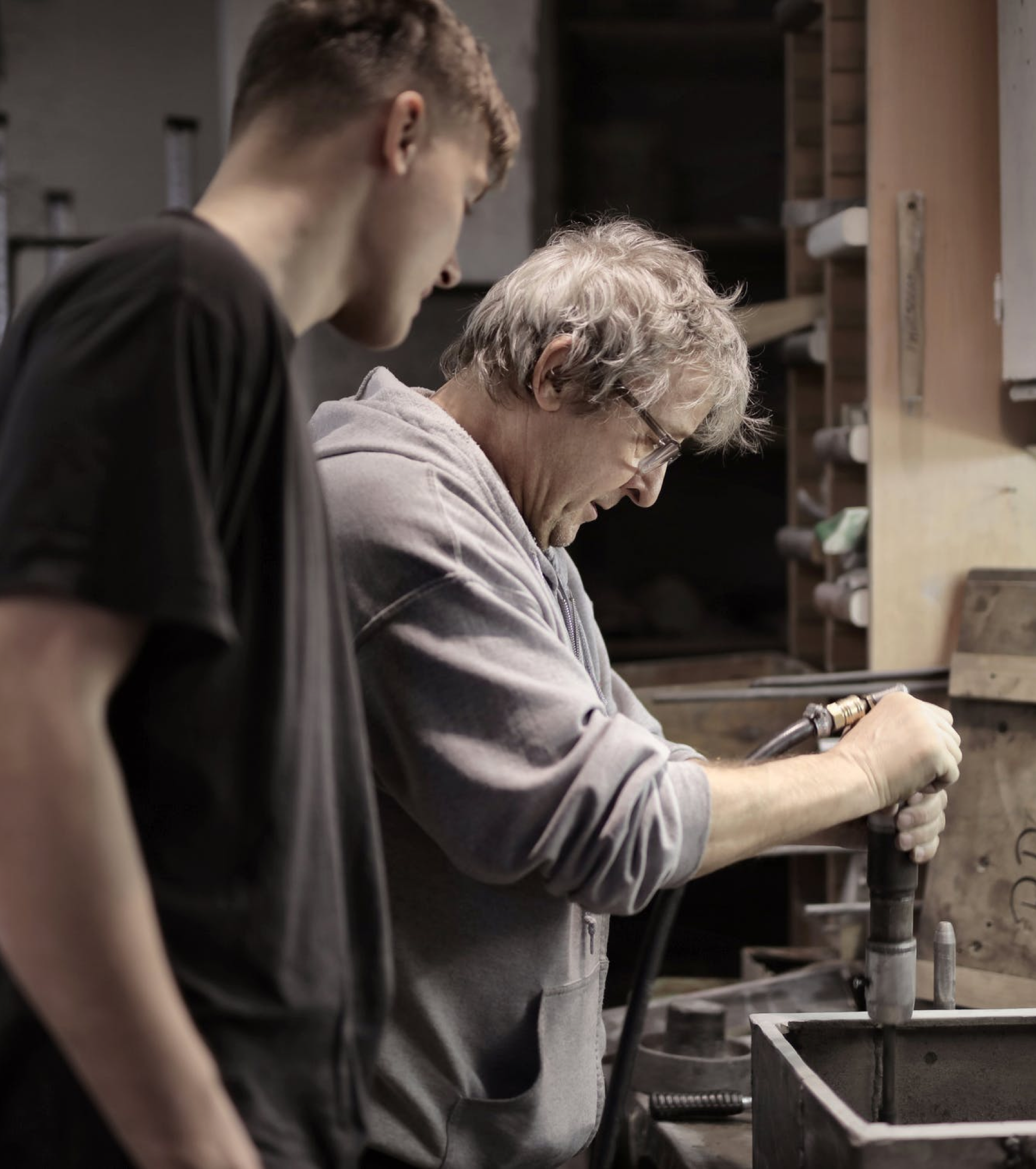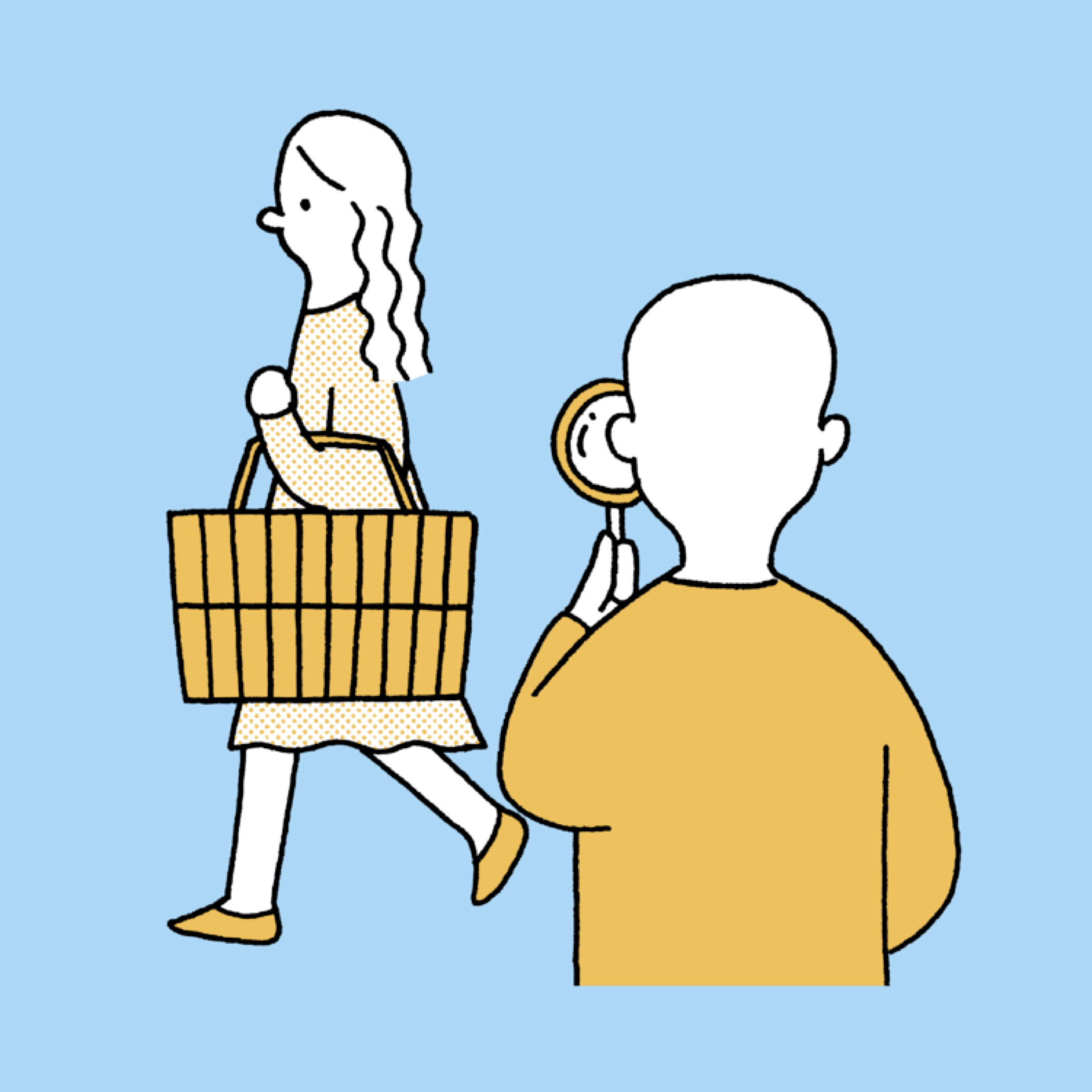¶ Shadowing
¶ What it is
In shadowing, researchers observe real-life situations of a research subject or participant for a set period. For this set period, the researcher does not interfere with the participant to prevent the research subject from deviating from their natural behaviour under the scenario or circumstance.
¶ Why it is useful
Shadowing is a useful behavioural observation tool where customers can be observed in their natural environment. However, researchers shouldn’t make assumptions based on the findings of single isolated observations. Additionally, results should not be considered a representation of the whole population.
¶ When to use it
Shadowing is the proper method to use when observing an individual and documenting observations in the “as it was happening” format. This method is devoid of probing, and you would use this when you don’t want to come in the way of the participant and his natural behaviour. Shadowing leads to the collection of information, which should be further investigated and synthesised. Do not use this method when your objective is validated.

¶ How is it done
- Identify the target group you would shadow and learn more about. If you need to recruit the participant, write a screener following the Interview Screener.
- Note your assumptions and objectives before the shadowing to track whether the observation generates the information you are looking for.
- Prepare an observation sheet to capture process points (e.g., time taken, the effort put in to accomplish a task, order of actions taken, and people involved in the process).
- To begin the Shadowing exercise, set the stage by introducing yourself and the purpose of the observation. Then, tell the customer that you are simply observing and that they can feel free to do as they usually would without explaining anything.
- Watch the customer's workflow and note your impressions on the observation sheet.
¶ Do's & Don't
Do's
- Give the customer enough personal space to minimise the impact of your presence.
- Observations should be recorded by video/ photos or by taking notes to reconstruct the behaviour later. Be careful not to distract the customer.
Don't
- Please do not give the customer hints or show reactions to how they are using the service.
- Do not make assumptions based on the findings of single isolated observations. Additionally, do not consider the results to represent the whole population either.
¶ Tools needed
- Devices (e.g., laptop, tablet)
- Observation sheet, recording device (e.g., camera, laptop, phone)
- Paper, pen (virtual)
¶ Contextual Inquiry
¶ What is it
While Shadowing is typically done as a quiet observation, another version of it is the “Contextual Inquiry,” during which you ask questions during the customer’s performance of a task and have a debrief with them afterwards. This is a more interactive version of the Shadowing exercise, which makes the customer more aware of your presence, but gives you some additional glimpse into their state of mind during the action.
¶ Why it is useful
Contextual Inquiry helps to get a view into the customer’s mind during an action, yet within the context of the action as it naturally occurs. This avoids the sterility of the lab interview yet adds context to the more silent Shadowing.
¶ When to use it
Contextual Inquiry is applicable when the customer's pure observation (Shadowing) in context is insufficient, and you need to get into their head.

¶ How is it done
- Identify the target group you would like to learn more about. If you need to recruit the participant, write a screener following the Interview Screener.
- Before the Contextual Inquiry, note your assumptions and objectives to track whether the observation generates the information you are looking for. Then, have questions ready that you want to ask.
- Prepare an observation sheet to capture process points (e.g., time taken, the effort put in to accomplish a task, order of actions taken, and people involved in the process) and an interview sheet to take notes during questioning and debriefing.
- To begin the Contextual Inquiry exercise, set the stage by introducing yourself and the purpose of the observation. Then, tell the customer to go about their activities as usual. Then, at convenient moments, take the time to ask relevant questions.
- Watch the customer's workflow and note your impressions on the observation sheet and notes on the interview sheet for the questions you are asking.
- Have a debrief with them after the observation is done.
¶ Do's & Don't
Do's
- Give the customer enough personal space to minimise the impact of your presence.
- Observations should be recorded by video/ photos or by taking notes to reconstruct the behaviour later. Be careful not to distract the customer.
- Find opportune moments to interject with your questions. But don’t interrupt a workflow.
Don't
- Please do not give the customer hints or show reactions to how they are using the service.
- Do not make assumptions based on the findings of single isolated observations. Additionally, do not consider the results to represent the whole population either.
¶ Tools needed
- Devices (e.g., laptop, tablet)
- Observation sheet, recording device (e.g., camera, laptop, phone)
- Paper, pen (virtual)